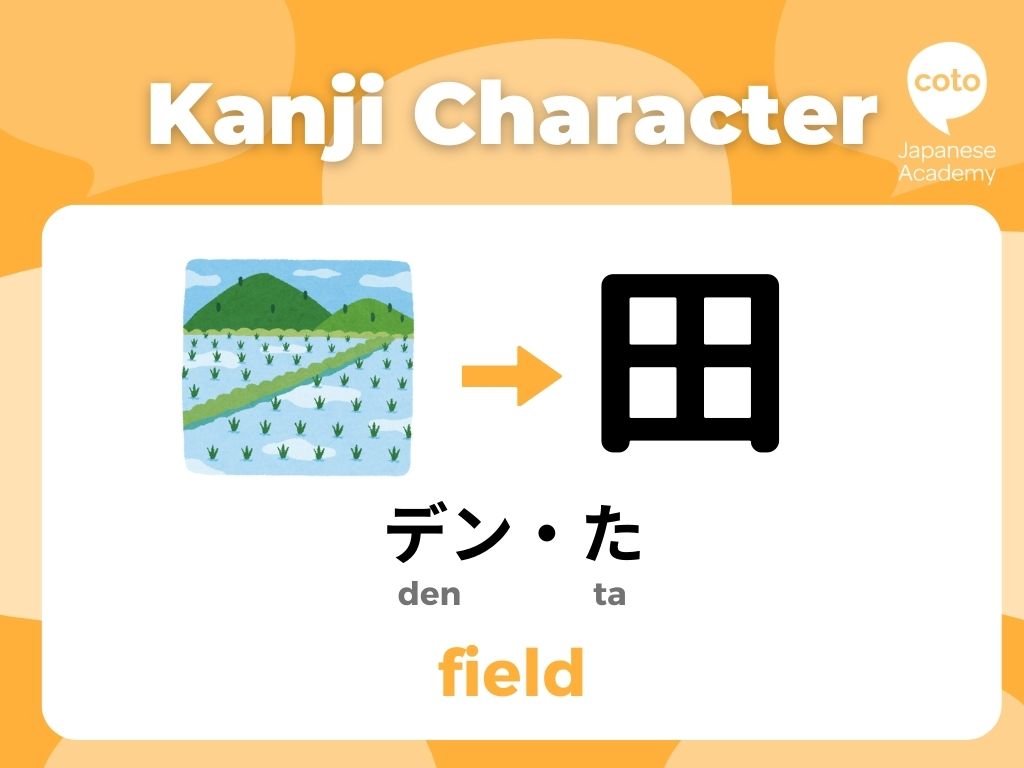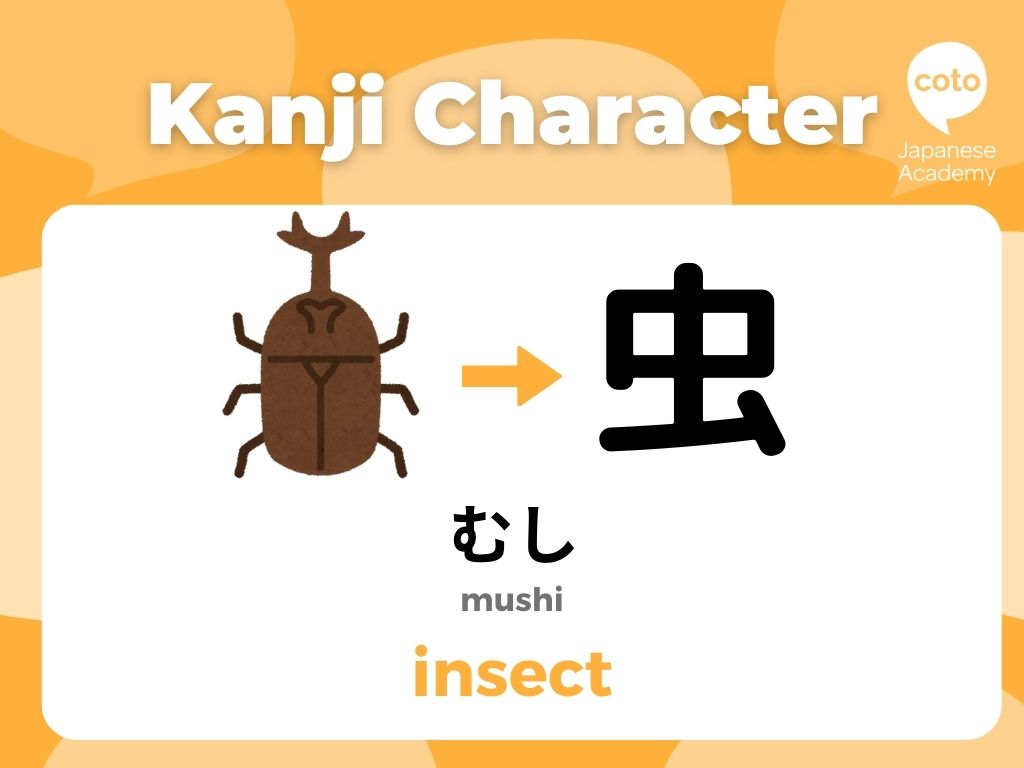Welcome to the world of Kanji, one of the most fascinating yet challenging aspects of the Japanese language. For beginner learners, Kanji can be overwhelming with its complex strokes and countless characters. In fact, to be considered fluent, you need to learn somewhere from 1500 to 2500 kanji characters!
Thankfully, Kanji characters can be broken down into radicals that make sense. Although Kanji has evolved over time, we can still some physical resemblance of what each character represents. Whether you are a beginner learner or an experienced Japanese speaker, this article will help you appreciate the beauty and complexity of this fascinating writing system. So, let’s get started and dive into the world of unique and easy Kanji to learn!
1. 一、二、三 (ichi, ni, san): One, two, three
Counting in Japanese is pretty easy, but remembering numbers in Kanji might actually be easier! The kanji that expresses one, two, and three (ichi, ni, and san respectively) resembles the same stroke as its number. For ichi, it’s one horizontal stroke (一); ni is two strokes (二); and san (三) is three strokes.
Counting up to 100 in Japanese is relatively easy, as you just need to add the numbers accordingly. Once you can memorize the numbers up to 10, it’s all about compounding and adding.

2. 笑 (わらう; warau): Laugh
This character means “laughter” or “to Laugh”. The top part looks like a pair of laughing eyes and a smiley face, while the lower part looks like a person’s hands and legs.

3. 串 (くし; kushi): Skewer
This can easily be the most hieroglyphical character ever. Have you ever seen a chicken skewer or yakitori? It’s a popular Japanese street food, so you can find them at almost every izakaya in Japan! The stick that goes through two objects looks exactly like a drawing of a skewer!

4. 雨 (あめ): Rain
It is easy to remember this character because the four dots look just like raindrops coming down from a piece cloud.

5. 森 (Mori): Forest
The kanji for “forest” in Japanese is 森. It consists of three repetitions of the kanji 木, which means “tree.” Each 木 represents one tree, so when you put three of them together, you get the concept of a forest.
The structure of the kanji 森 reflects the idea of multiple trees growing closely together, forming a dense and abundant wooded area!

6. 門 (モン or かど; mon or kado): Door
Just like how it looks in the written form, “門” which is gate or door looks exactly like what it means. The radical 門 represents a gate or a door. It consists of two vertical lines on the sides, indicating the doorposts, and a horizontal line across the top, representing the lintel or beam of the gate.

7. 凹 (オワ; へこむ): Concave (Owa/Hekomu)
It’s important to note that many kanji characters have evolved over time, and their current forms may have undergone simplifications or modifications from their original pictorial representations.
But this kanji is as straightforward as it can get! No further explanation is needed for this kanji.

8. 凸 (デコ; とつ): Convex (Deko/Totsu)
In Japanese, the term “deko” is sometimes used as a colloquial expression to describe a person with a prominent forehead or a bold personality.
The kanji 凸, pronounced as “deko” or “totsu” in Japanese, represents the concept of “convex.” Its shape visually resembles a protrusion or an outward bulge. If you noticed, it’s the opposite of the concave shape represented by the kanji 凹 (おう, “depression” or “concave”)!

9. 山 (サン; やま): Mountain (San/Yama)
“山” is one of the oldest kanji characters, and the three vertical lines each represent a hilltop and the bottom line represents the ground. Together, these four simple strokes make up a “mountain”.

10. 田 (デン; た): Field (Den/Ta)
“田” means field. The four little squares within the big square couldn’t be more descriptive of how a plantation field would look like.

11. 男 (otoko): Man
The kanji 男, pronounced as “otoko” in Japanese, means “man” or “male.”The kanji 男 consists of two elements: the radical 田 (pronounced “ta” or “den”) on the left side, which represents a rice field or cultivated land, and the radical 力 (pronounced “chikara” or “ryoku”) on the right side, which means “power” or “strength.”
Together, they represent a powerful man working in a rice paddy!

12. 刀 (トウ; かたな): Knife (Tou/Katana)
“刀” means knife. Imagine the left part as the handle of a knife and the right part as the blade. It is easy to tell how the ancient people came up with this character.

13. 竹 (チク; たけ): Bamboo (Chiku/Take)
This kanji looks like two straight branches with pieces of thin leaves on the top. And yes, it is what it looks like — a panda’s favorite dish: Bamboo.

14. 川 (かわ; kawa): River
The kanji 川, pronounced as “kawa” in Japanese, represents the concept of a “river.” Its shape visually resembles one, too, with the three horizontal lines depicting the movement and current of the flowing water.

15. 虫 (むし; mushi): Insect
Do you see the resemblance of this kanji with an insect? Its shape visually resembles a crawling or creeping insect. The short vertical stroke in the middle of the character represents the insect’s segmented body, and you can even imagine an antenna if you feel like it’s easier to memorize!

16. 飛 (とぶ; tobu): Fly
The Kanji 飛 (とぶ) means “to fly” or “to leap” and is a commonly used character in Japanese. It consists of nine strokes. Do you see how it represents a bird with its wings and feathers?
Check out more common Japanese verbs here.
Conclusion
Learning Kanji may seem daunting at first, but with the right approach and some helpful tips, you can master the basics and unlock the beauty and complexity of this fascinating writing system. So, keep on learning and exploring, and enjoy the magic of Kanji! If you think these Kanji are too easy, check out the 10 most difficult Kanji to write!
